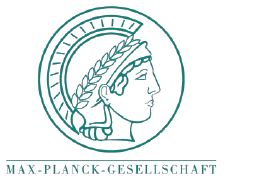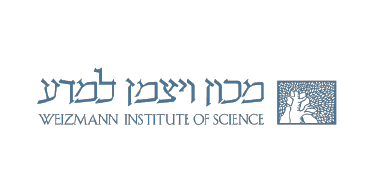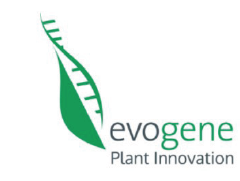
After the identification of the pathways, we need to make sure that all the pathways’ components are available. Our pathways involve both existing and novel reaction – reactions that are not known to be catalysed by any enzyme in nature. We engineer existing enzymes to catalyze such novel reactions in order to sustain the activity of the pathway.
First, we need to find existing enzymes in nature that catalyze similar reactions or that can catalyze the novel reactions promiscuously. The concept of promiscuous enzymes is fundamental for this phase: enzymes generally have evolved to catalyze one primary reaction that represents their main task, but promiscuous enzymes can also catalyze, besides the primary reaction, side-reactions at a lower rate. During the 1st year of the project, we were able to identify the promiscuous enzymes that catalyze all the novel reactions of four of our candidate pathways, although the catalysis rate is quite low as expected. However, they represent the starting seed for the second stage where we are going to enhance the low-rate reactions of interest by three methods:
- Rational design – by applying biochemical knowledge while looking at the enzyme active site and its structure, we can predict amino-acid residues substitutions in order for the enzyme to accept our substrate and support the novel reactions.
- Library of changes in protein sequences – By using a large collection of alteration in the protein sequence, we can systematically screen the changes that result in better activity. To easily identify the best change within the library we have designed in vitro assays that couples the target activity to a measurable property i.e. fluoresce.
- In vivo selection – by creating E. coli strains whose growth depends on the novel reactions, we can directly select for enzymes that catalyze it efficiently. Thanks to this method, we can directly select for higher enzymatic activity by simply selecting the cells that grow faster.






